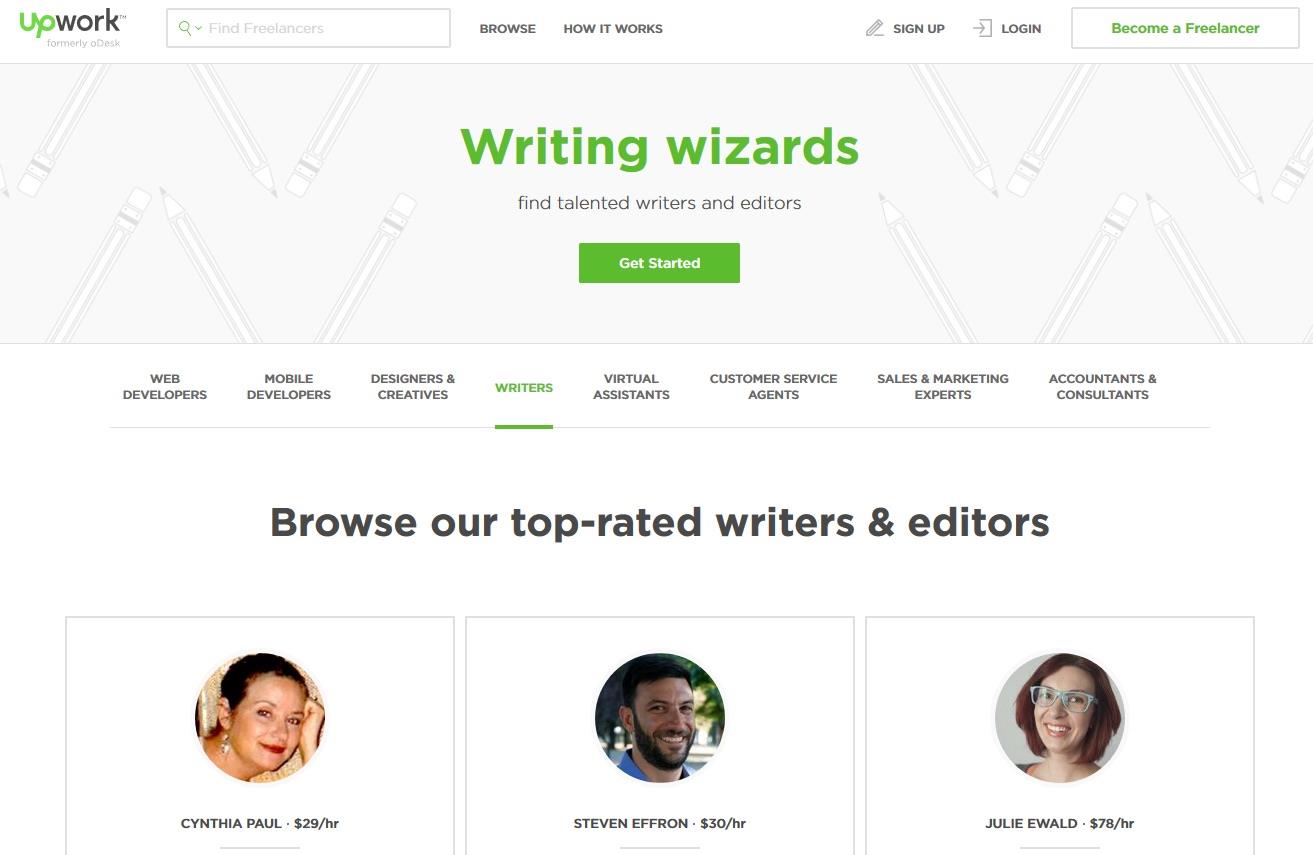Content marketing and the freelance economy
The marketing industry has always engaged in a quality versus quantity debate. Using multiple avenues, it is possible more content may be better to increase traffic, boost your brand, promote conversations and assist customers. Whether reading blogs, how-to guides, or industry whitepapers, customers use content marketing to make decisions about the products and services that suit them. When this content is shared via social media, by customers who share links, pins and tweets to spread the word about products that interest them, it increases visibility of your site.
According to polling by Ascend2 and reported by eMarketer.com, spending on content marketing reached US$145bn so far this year and is estimated to double to $300bn in the next four years. Simultaneously, in a ranking of impediments to achieving marketing goals, a lack of content creation resources, writers, bloggers and infographic producers, is cited by marketers worldwide as the top problem (and has been since 2012). While many marketers are struggling to identify the ROI of their content marketing efforts, there is consensus that content marketing is an essential means to engage customers. Companies are turning to the booming freelance economy to help fill this gap.
Who’s writing all of this content?
As reported on Forbes.com, their clients are spending tens of millions dollars on contract labor every year. It is estimated there are 53m Americans freelancing, approximately 34 per cent of the total workforce. This is expected to grow to 50 per cent by 2020. Freelancers, contract workers, self-employed, and 1099 employees all add up to what is called the freelance economy. These are folks who might be employed full-time but doing a project on the side, as well as those who make a living entirely by freelancing. Harvard Business Review notes these positions are increasingly being held by the best and brightest, calling the phenomenon ‘Rise of the Supertemp’.
The decision to hire full-time resources versus contract workers is a balancing act. Hiring outside talent can raise issues around quality and control. As Ryan Stewart, a digital marketing expert and freelance writer notes, the best content writers on the planet are those who love what they do so much, they do it for free. While most contract writers might not be interested in being hired at that rate, it might be the best way for those looking to establish writing credentials to be found. Tips for finding the best quality contributors include hiring writers you like to read, referrals, reaching out to publications you love and sourcing from traditional networks such as LinkedIn, or even Craigslist.

Above: Upwork.com
So how many freelance writers are out there? It isn’t possible to say. Many contributing writers are experts in their fields, like attorneys, dentists, advertising executives or software developers, who don’t identify as a writer first. One way to get a sense for the volume of writing resources available is to look at the number of platforms designed to match companies with talent. The list of online marketplaces for writers is extensive and includes Indeed.com, Upwork.com, WriterAccess.com, Elance.com, iWriter.com and Contently. Others serve all types of talent pools, such as WorkMarket.com, which serves clients such as Yahoo! Media and Microsoft. Each of these sites has a different twist on playing matchmaker for writers looking for work, employers looking for writers, or in the case of Contently and Work Market, providing strategies for developing content with their vetted, contracted freelance corps and integrated platform approaches.
Compensation for freelance writers varies widely, with some writers charging by the project, the page or the word. Securing quality performers means you must exercise due diligence. Moving away from the fixed costs of an in-house writing staff can give you the flexibility you need to search out and secure the resources that best fit your budget and deliver you the quality content you require.
The politics and the economy
It is important to note that the growth in freelancers and the on-demand economy could be considered good news or bad news, depending on your personal perspective. Many freelancers have lost a permanent position and are doing project work to make ends meet. Others don’t want to be stuck in a full-time traditional work environment, preferring the flexibility to design their own schedules and only take the work they find rewarding. Meanwhile, outsourcing offers companies greater flexibility to contract for resources when they need them, and at potentially lower wages.
The one faction that hasn’t weighed in with a formal position yet is the US Government. Systems are lacking to ensure that all income is reported and therefore all taxes collected. Freelancing is also a threat to the social safety net for nontraditional workers, according to Senator Mark Warner of Virginia. While he isn’t currently proposing any legislation, he is a voice regarding this trend and how it is ‘upending our notions of what it means to be a worker and what responsibilities a company has to provide benefits like health care and pensions.’
Millions are publishing, and it is working
In this information rich world, it can be difficult to find the marketing gems, but viral content might be one of them. When you have more content spreading exponentially through shared links, it can make it easier for your customers to find you. When authoring resources are a constraint to producing quality content, consider the for-hire freelance community.
More like this
Why the ‘how-to’ boom in content marketing is still growing
Four content marketing predictions for 2016
Publishers have the upper hand on content marketing services







